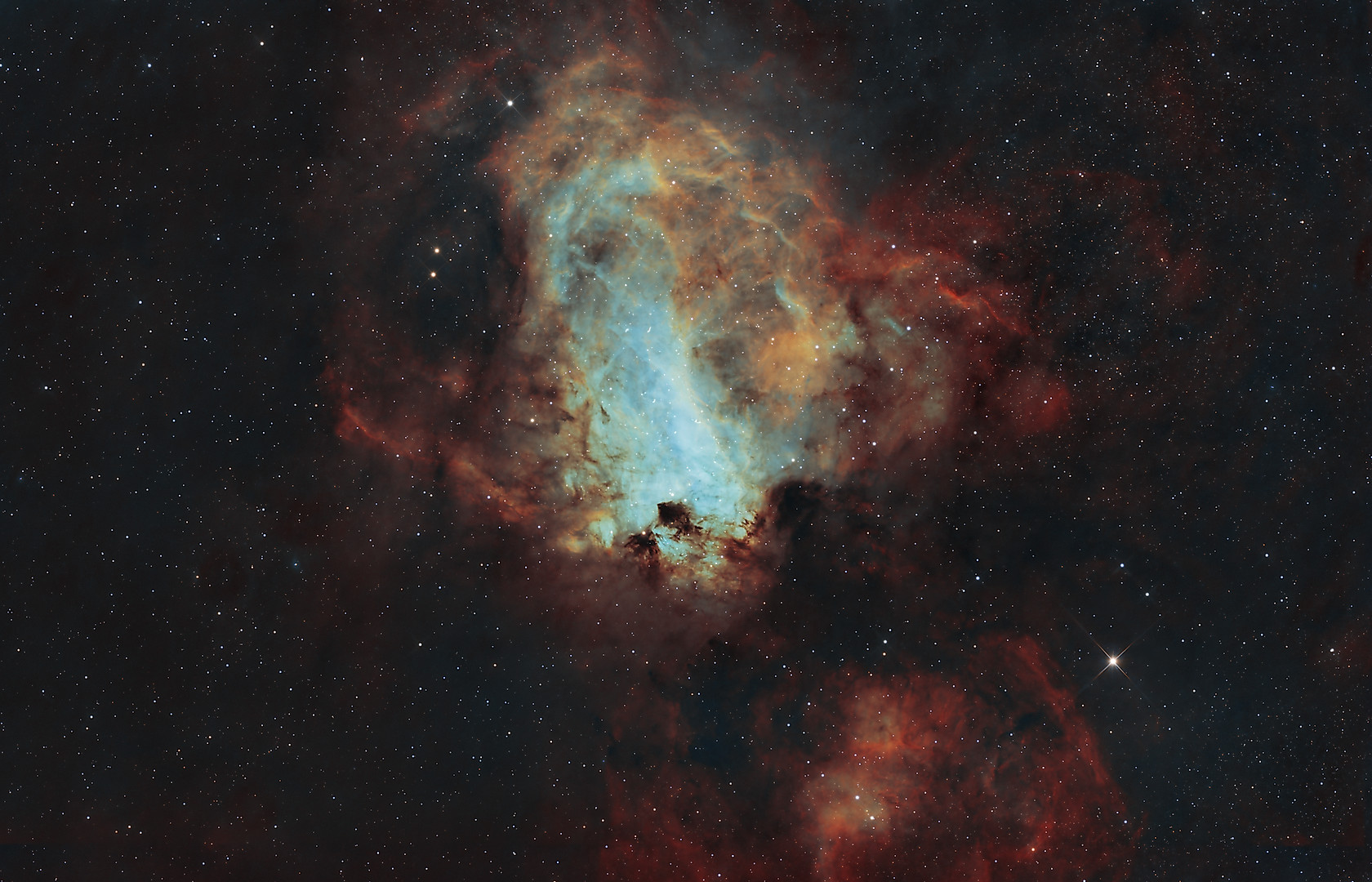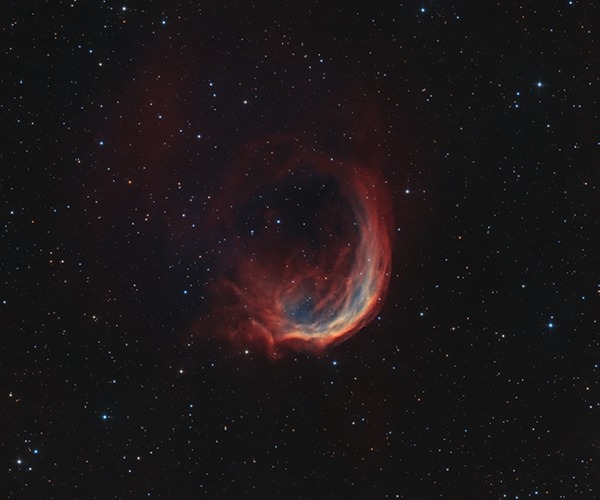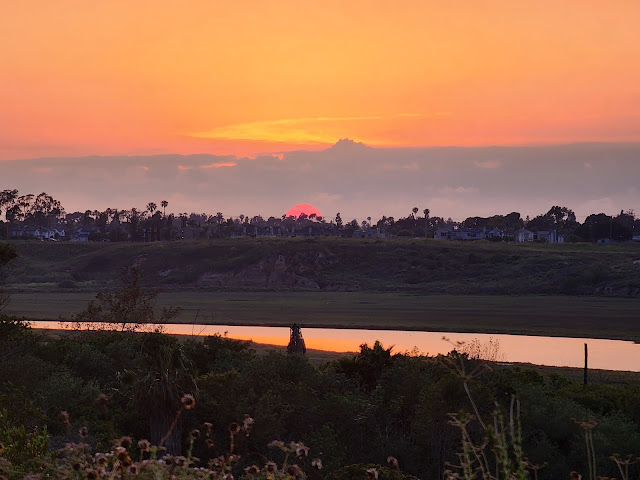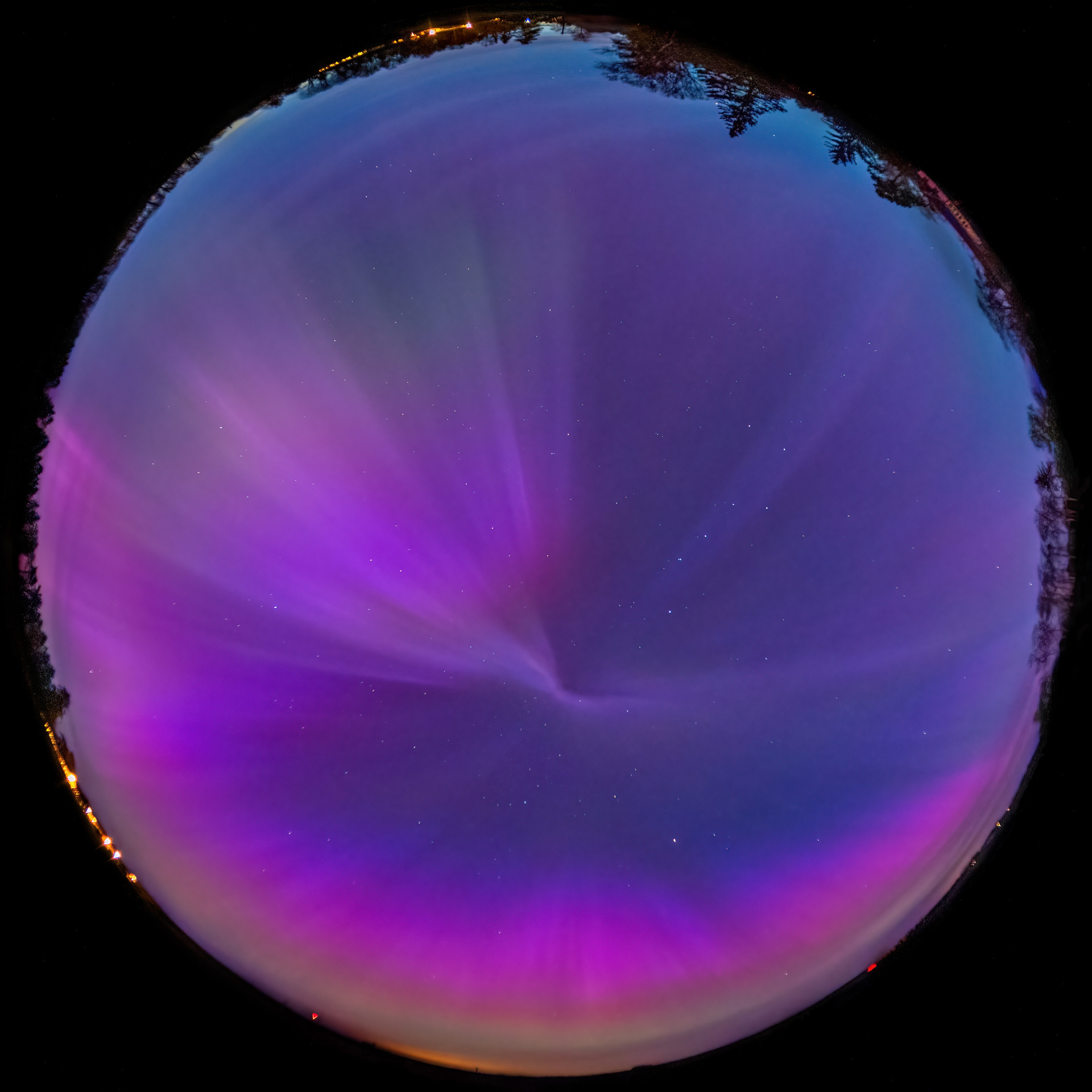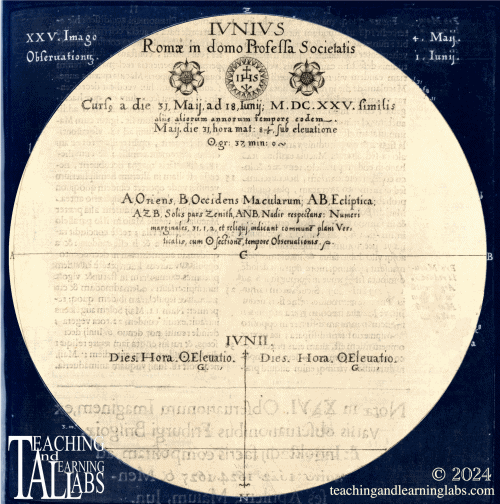Hello Robert Nemiroff and Jerry Bonnell,
My name is Ali Al Obaidly
This is my submission for APOD, captured in Al Salmy, kuwait.
Links to the Image:
Astrobin:
https://astrob.in/full/w20wbw/0/?real=
Flicker:
https://flic.kr/p/2pS4FjQ
Title: M106 - Spewing Radiance (HaLRGB)

Description:
Oh boy! What did I get myself into? We've all seen those incredible Hubble images of this marvelous galaxy, M106, spewing jets of hydrogen alpha from its core. That image has always stuck with me since the first time I saw it. Naturally, I decided I wanted to capture those hydrogen emissions for myself. To my absolute horror, THEY WERE SO FAINT. Still, I kept grinding away at the target, trekking back and forth into the Kuwaiti desert until I gathered around 14.5 hours of total Ha integration time.
M106, also known as NGC 4258, is a stunning spiral galaxy located in the constellation Canes Venatici. It’s famous for its peculiar, extra set of spiral arms glowing in hydrogen alpha, a telltale sign of intense star formation and dynamic activity within the galaxy. These jets are believed to be caused by the supermassive black hole at its center, making it a fascinating subject for any astrophotographer. Despite my best efforts, I was defeated by M106 this year. Those elusive hydrogen alpha emissions played hard to get. But fear not! Next year, I won't be knocked down so easily. We'll push those hours right up to 30 and beyond, and we'll see if that opposite strand of Ha still hides among the light!
For now, this is what I've managed. I hope you like it, and I hope to see you all again next year for some more rounds of cosmic adventure!
Equipment:
Telescopes: Celestron EdgeHD 9.25"
Camera: ZWO ASI2600MM Pro
Mount: Sky-Watcher EQ8-R Pro
Filters:
-Chroma Blue 36 mm
- Chroma Green 36 mm
- Chroma H-alpha 3nm Bandpass 36 mm
-Chroma Lum 36 mm
-Chroma Red 36 mm
Accessories:
Celestron 0.7X Reducer EdgeHD925
Acquisition details
Dates:
Feb. 7 - 8, 2024
March 8, 2024
April 18, 2024
May 9 - 10, 2024
May 16, 2024
Frames:
Chroma Blue 36 mm: 55×180″(2h 45′)
Chroma Green 36 mm: 55×180″(2h 45′)
Chroma H-alpha 3nm Bandpass 36 mm: 87×600″(14h 30′)
Chroma Lum 36 mm: 206×180″(10h 18′)
Chroma Red 36 mm: 48×180″(2h 24′)
Integration:
32h 42′
Locations: Al Salmy Desert, Al Jahra Governorate, Kuwait
Thank you for taking the time to consider my image,
Clear Skies,
Ali.
______________________________________________________
My Socials:
Email:
astrapharmaq8@gmail.com
Website:
https://astrapharmaq8.com/
Instagram: @astrapharma_q8

